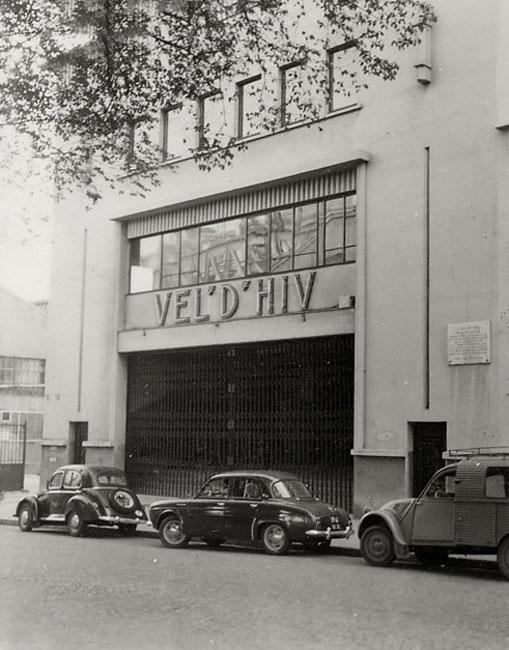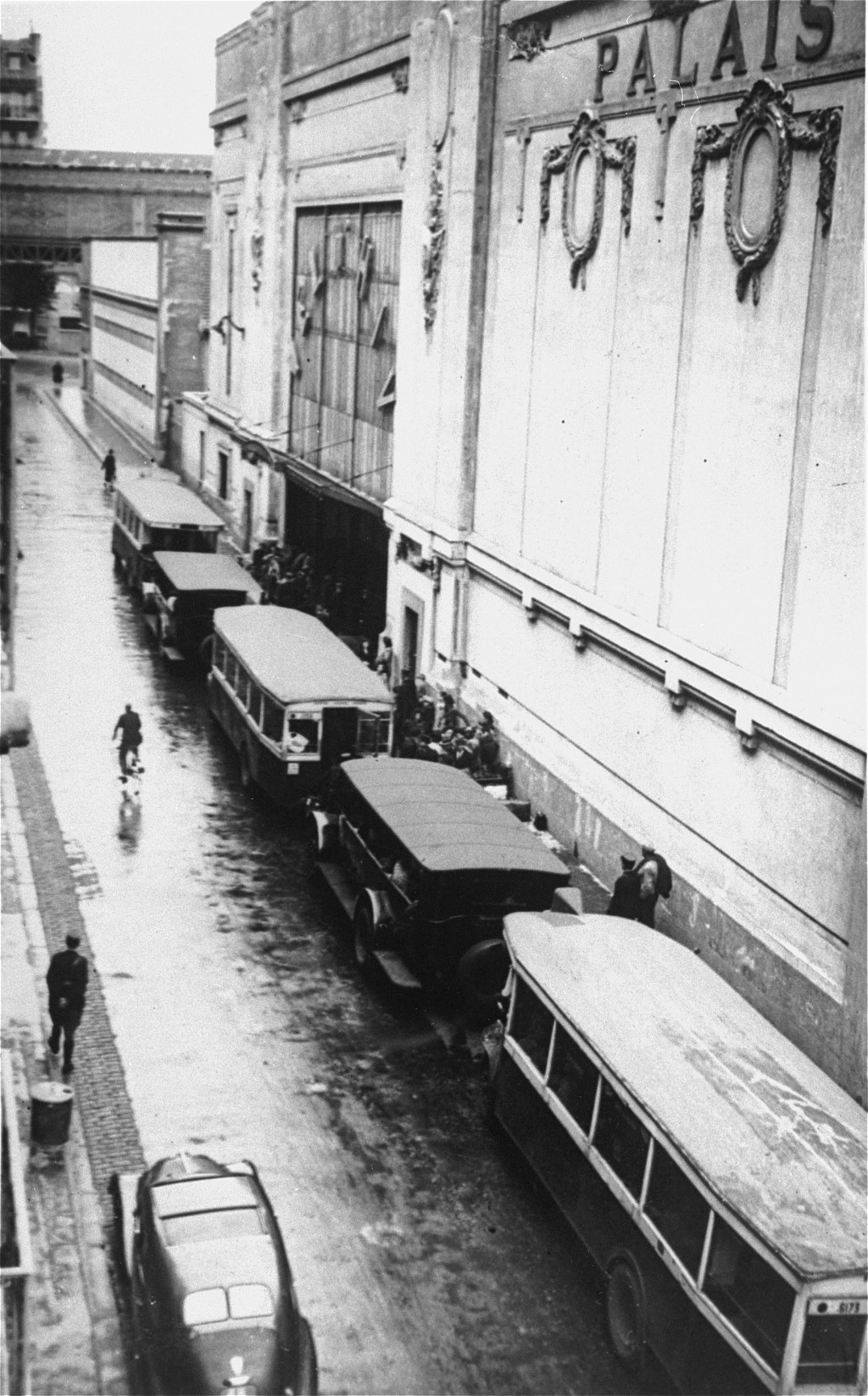

The Vel d’Hiv Round-Up:
The Largest Mass Arrest in Wartime French History
A Presentation by Eileen Angelini, PhD
April 4, 2024 @ 4:30 pm - 6:00 pm
| FreeOn July 16-17, 1942 in Occupied Paris, more than 13,000 French Jews were arrested by French Police. The victims were held in deplorable conditions at the Vélodrome d’Hiver or Vel d’Hiv, an indoor cycling stadium until they were sent to detainment camps outside of Paris where they either died or were deported to concentration camps. Dr. Eileen Angelini’s presentation will discuss how the Vichy Government planned this round-up and how the French government and people have since dealt with the pain and shame of this traumatic event.
Image above: Entrance to the Vel’ d’Hiv (the Winter Stadium, or Velodrome d’Hiver), where Jews were detained en-masse in preparation for their deportation to concentration camps in France.
Eileen Angelini, PhD, is Dean of the College of Arts and Sciences at Le Moyne College in Syracuse, NY. Dr. Angelini holds the international distinction of Chevalier dans l’Ordre des Palmes Académiques, an honor bestowed by the government of France on distinguished academics. She is a 2010-2011 recipient of a Canada-U.S. Fulbright award as a Fulbright Visiting Research Chair in Globalization and Cultural Studies at McMaster University and was named to the Fulbright Specialist Roster from 2013 to 2017, enabling her to complete her project “Francophone Culture: Literature, Pedagogy and Additional Language Acquisition” at the University of Manitoba. She received her B.A. in French from Middlebury College, having studied abroad in France and Mexico. Her M.A. and Ph.D. in French Studies are from Brown University, followed by a post-doc year of research and teaching at the Université Lumière Lyon 2 and Université Jean Moulin Lyon 3.

This is the only photograph of the Vel d’Hiv Roundup, July 16 and 17, 1942: the buses used by French police, parked rue Nélaton. © Getty – Hulton Archives

Entrance to the Vel’ d’Hiv (the Winter Stadium, or Velodrome d’Hiver), where Jews were detained en-masse in preparation for their deportation to concentration camps in France.
This event was organized by the Keene State College Cohen Center for Holocaust and Genocide Studies and the Holocaust Resource Center of Kean University, in cooperation with The Fritz Ascher Society for Persecuted, Ostracized and Banned Art.


